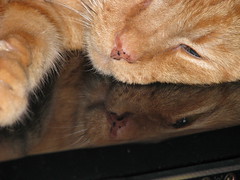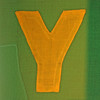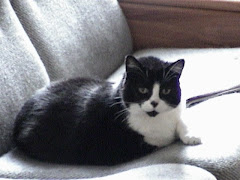
Many, if not most, of the places that Discover 2.0 has led me have been new to me. I feel that what I've gained is not so much technological expertise in each of them, but rather a sense of what's out there.
It's no news that there's a generational divide in using social applications such as Facebook, blogging, IM, etc. I believe in many cases, it's not a lack of aptitude that causes older people to be less comfortable with them; it may be a matter of culture. Younger people gain an easy familiarity with these technologies as they interact with peers who teach and encourage them to use them. We older folks already have other well-established other ways of communicating with family and friends.
There are so many options right now technologically, so how does the library figure out which ones to embrace? I think this is a time to watch, test the waters, try out new ideas, and expect the 2.0 scene to continue morphing and settling out for some time. The variety of applications out there is fairly overwhelming, and for this tutorial we had just enough time to read a little, poke around in each website a bit, then move on. But I think the exposure to all of these things was really the point, and I'm glad for the opportunity I have had here at the library for exploration. As projects come up in the future, I'll be more likely to think beyond traditional limits and more open to utilizing elements of web 2.0.
Personally, I was surprised to discover how much I truly enjoyed creating and tinkering with my own blog. It was a much more creative experience than I expected it to be. I also am now actively using my own delicious account for reference websites (losing all my IE bookmarks when my computer crashed helped me to see the light in this regard).
All in all, this has been an interesting, sometimes fun, sometimes frustrating, journey through the 23 steps of the tutorial. Whew!


















